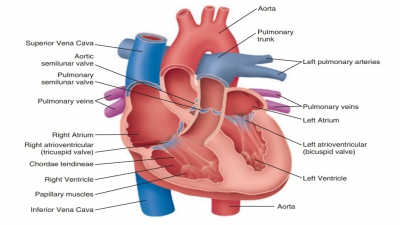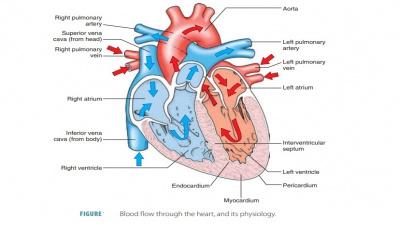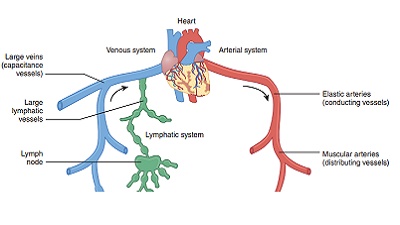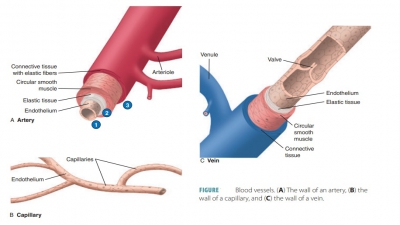The Heart
| Home | | Anatomy and Physiology | | Anatomy and Physiology Health Education (APHE) |Chapter: Anatomy and Physiology for Health Professionals: The Heart
The human heart pumps blood through the blood vessels. In the capillaries, nutrients, electrolytes, dissolved gases, and waste products are exchanged between the blood and surrounding tissues.
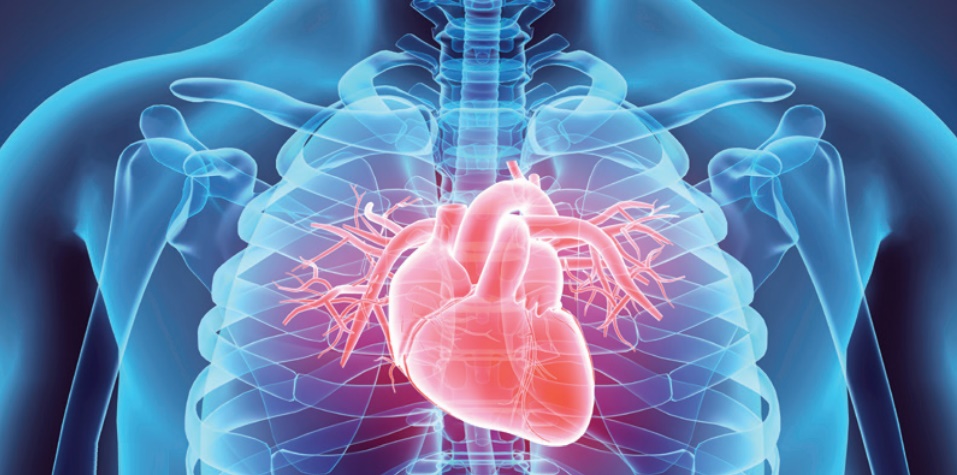
The Heart
After studying this chapter, readers should be able to
1. Describe the size of the heart and its location in the
thorax.
2. Identify the layers of the heart wall and the function of
each.
3. Identify the four chambers of the heart, and list the
associated great vessels.
4. Name the four heart valves, and describe the locations and
functions of each.
5. Describe the vascular supply to the heart.
6. Identify the electrical events associated with a normal
electrocardiogram tracing.
7. Draw a diagram of a normal electrocardiogram.
8. Define cardiac output, and describe the factors that
influence this variable.
9. Describe normal heart sounds and define murmurs.
10. Explain the role of the autonomic nervous system in
controlling cardiac output.
Overview
The human heart pumps blood through the blood vessels. In
the capillaries, nutrients, electrolytes, dissolved gases, and waste products
are exchanged between the blood and surrounding tissues. The heart performs an
amazing amount of work over a person’s lifetime, beating an average of 70 to 80
times per minute. An adult heart pumps about 4,000 gallons (approximately 8,000
liters) of blood every day. By the time a person reaches the age of 70, the
heart will have contracted about 2.5 billion times. The heart beats
approximately 100,000 times each day.
Heart rate is affected by emotions and physical stressors.
The heart is made up of two pumps. Its right side receives blood that is low in
oxygen from the body tissues. It pumps this blood to the lungs to collect oxygen
and drop off carbon dioxide. The heart’s left side receives oxygenated blood
from the lungs. It pumps this blood to the body to supply the tissues with
nutrients and oxygen. The receiving chambers of the heart are its right and
left atria. The pumping chambers of
the heart are its right and left ventricles.
The heart requires approximately 1/20thof the body’s blood supply even though
it makes up only about 1/200th of the weight of the body. The left ventricle is
the portion that receives the most blood.


